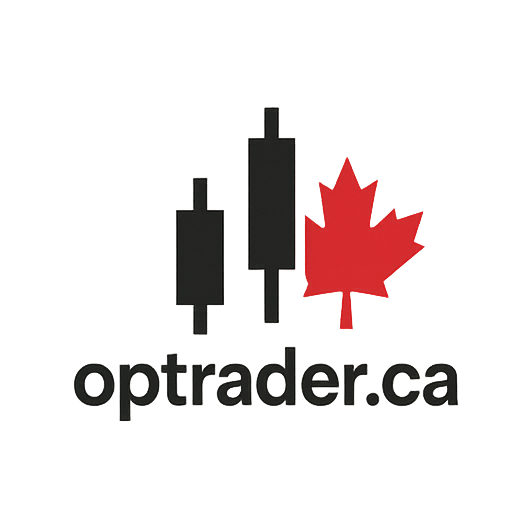How to Use the Scouter Score to Rank Covered Calls
Picking covered calls shouldn’t feel like juggling twenty tabs and a dozen indicators. The Scouter Score condenses the key factors that matter—liquidity, risk, and reward—into a single, easy-to-scan number so you can shortlist faster and stay disciplined.
🧪 What the Scouter Score Measures (Simplified)
Scouter is an aggregate score (0–10 range) designed for Canadian covered calls. It emphasizes quality of execution and durability of income over “max premium at any cost.” In plain English, it blends:
- ROO Quality — Option yield in a realistic band for blue chips (not just eye-catching outliers).
- Liquidity — Open interest, recent volume, and spread tightness for clean fills and stress-free rolls.
- Volatility Risk — IV/HV guardrails to avoid gap-prone names that eat attention and blow up plans.
- Trend/Technicals (Light) — Simple trend checks (e.g., price vs 20/50 EMA) to avoid headwinds.
- Earnings/Events — Penalties for near-term earnings or ex-div risks that can trigger assignment.
- Diversification — Optional caps to reduce single-name or single-sector concentration creep.
📊 Interpreting the Score
- 9–11 → High quality: liquid, sensible ROO, manageable risk. Excellent shortlist candidates.
- 6–8 → Acceptable: check the reason for deductions (spreads, events) and size accordingly.
- 0–5 → Pass or investigate carefully: usually thin liquidity, event risk, or unrealistic premiums.
Note: A high score ≠ guaranteed profit. It just means the setup fits the quality template—your sizing and exits still matter.
🧮 How It’s Calculated (At a Glance)
Weights are tuned for Canadian markets and monthly expirations. A simplified view:
- Liquidity (OI/Volume/Spread) — Heavy weight. No liquidity, no trade.
- ROO Band Fit — Rewards sustainable yields; penalizes extreme, unreliable prints.
- Volatility Controls — Penalizes high HV or outsized IV vs norms.
- Event Risk — Deducts for earnings/ex-div inside your DTE window (unless intentionally enabled).
- Trend Confirmation — Small positive if trend doesn’t fight your strike.
🧭 How to Use Scouter in Your Workflow
- Screen → Filter with your preset (OI, spread, Δ, DTE, ROO, earnings exclusion).
- Sort by Scouter and grab the top 10–20 for manual review.
- Sanity checks: upcoming events, sector concentration, and early-assignment risk on dividend names.
- Size and stage your orders near mid; don’t chase wide spreads.
- Set alerts for price near strike, IV spikes, and roll thresholds.
🎛️ Tuning Tips
- Blue-chip income: Nudge ROO band narrower; raise liquidity minimums.
- Tactical plays: Allow slightly higher IV but halve position size.
- Weeklies: Increase required OI/spread quality or expect more slippage—Scouter will penalize thin weeklies.
🚩 When to Override a High Score
- Score looks great but sector concentration is already high.
- Premium is boosted by a nearby binary event you don’t want to trade.
- Spread widens intraday and fills slip—wait, don’t force it.
🧠 Bottom Line
The Scouter Score is a discipline tool: it promotes liquid, stable, repeatable setups so your realized ROO stays close to plan. Use it to rank candidates, then apply position sizing, diversification, and a clear roll plan to finish the job.
🛡️ See Your Top Scouter Picks on Optrader
⚠️ Education only, not investment advice. Markets and brokerage policies change—confirm details before trading.
